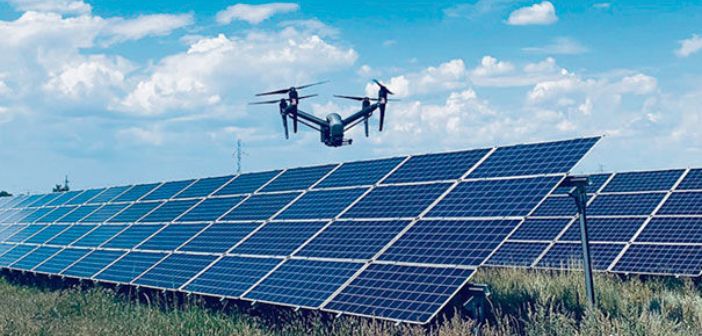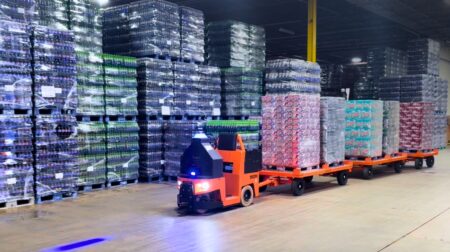Researchers from the University of Essex are working to develop robotic unmanned aerial vehicles (UAVs) capable of finding faults on solar farms.
Working in partnership with the University of Loughborough, the project aims to reduce maintenance costs and ultimately help keep down the cost of electricity for consumers.
According to the project, solar farms are critical to the UK’s energy supply and reducing greenhouse gas emissions, but they need to be regularly inspected to make sure they are working to maximum efficiency.
UAVs are often used for this, but current technology is not accurate enough to allow the close-up flying needed to detect some faults. This leads to labour-intensive manual inspections.
The Follow PV project is working to create a solution that reduces the cost of maintaining solar farms using UAVs, robotics and AI. The system will also be designed to increase the efficiency of solar farm care.
Computer scientists from the University of Essex and the University of Loughborough will work with aerial inspection technology producer Above on the project. The team intend to design a UAV capable of flying close to the ground and following the rise and fall of solar panels on uneven terrain.
To do this accurately, the UAV needs to be able to ‘see’ its environment and to understand and use this information to make tiny adjustments. This requires sensors on the UAV and onboard AI, which can rapidly process and make in-flight corrections.
Jinya Su from Essex’s School of Computer Science and Electronic Engineering, said: “Our role is to develop autonomous flying functions for drones so that high-quality aerial images can be collected above solar panels for their defect detection. This will be achieved by equipping UAV with dedicated sensors, and developing multi-source information fusion algorithms so that high-accuracy localisation of UAVs relative to the solar panels can be achieved.
“We will also work with Above and Loughborough University to develop closed-up control systems based on the localisation information for its real-world applications.”
The project will receive funding from Innovate UK.









